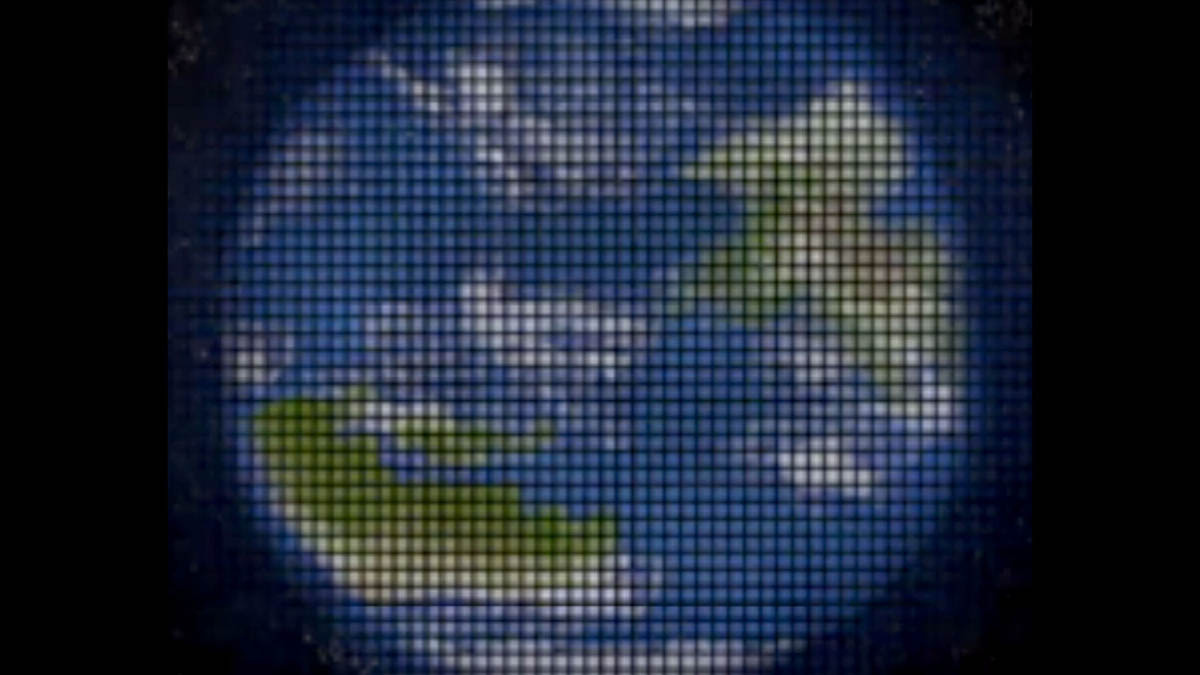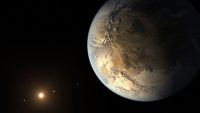Illustration of how a solar gravity lens telescope would image an exoplanet. The technology concept received Phase I, II and III awards from the NASA Innovative Advanced Concepts program. (NASA/JPL-Caltech/Slava Turyshev)
Home Illustration of how a solar gravity lens telescope would image an exoplanet. The technology concept received Phase I, II and III awards from the NASA Innovative Advanced Concepts program. (NASA/JPL-Caltech/Slava Turyshev) Illustration of how a solar gravity lens telescope would image an exoplanet. The technology concept received Phase I, II and III awards from the NASA Innovative Advanced Concepts program. (NASA/JPL-Caltech/Slava Turyshev)



